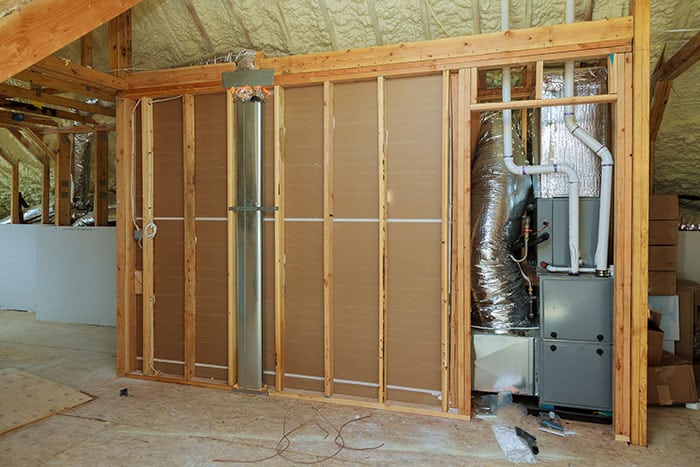During the winters, your furnace is the only thing that can keep your house warm and livable. You never know when it could stop working. However, what you should know is how to fix a problem so that you do not feel totally dependent on HVAC repair services. So, let’s look at some potential problems along with their solutions.
Make Sure The Thermostat Is On
The thermostat is mostly the main culprit behind a furnace not working. Believe it or not, the majority of homeowners overlook turning on the thermostat, which is responsible for assessing the temperature inside your house. This is the same system you use to adjust the temperature of your house. It can be installed anywhere in your house but is mostly found on the main walls.
In some cases, the thermostat stops working due to several reasons. For instance, if the thermostat is not receiving power, it will not tell the furnace to turn on. If that is the case, then you should first make sure that the thermostat device is receiving enough power. Once you are able to get the device back on, adjust the temperature so that the furnace turns on. If it does not, follow the next step.
Ensure The Gas Is Turned On
Furnaces use gas to produce heat. If you are living with multiple people in your home, it might be that someone must have accidentally turned off the valves. Depending on the furnace, the valves might be located nearby or a few inches away. Look for something that resembles a lever.
If the lever happens to be perpendicular to the pipe, it means that the valve is closed. However, if the handle is parallel to the pipe, it means that the gas is flowing. If that does not turn on the furnace, you should check whether other gas appliances are receiving gas as well. If not, then you will have to wait until the gas is restored.
In some cases, it could also be because of gas leakage that should be fixed immediately. When it comes to situations related to gas, extra care should be taken. You should ensure that you leave no valve open. The gas can make its way inside the entire house and cause a serious fire.
Check The Furnace’s Power Switch Position
You cannot believe the number of times people tend to switch off their furnaces and then forget to turn them on. Every furnace has a main switch installed on a nearby wall. It might look like a regular switch, which sometimes confuses the homeowners.
Locate the furnace switch and turn it on. Wait for a few minutes until the furnace turns on. If it fails, you should look for something else that could be the culprit.
Replace The Air Filter
Every furnace comes with an air filter installed to ensure efficient heating. If the filter happens to be clogged, the airflow will be restricted. As a result, the heat will continue to build up in the heat exchanger. Many furnaces come with limit switches that are designed to activate when the temperature of the furnace increases beyond a certain temperature. This is a safety feature that stops your furnace from being damaged by turning it off.
Similar to air filters in air conditioners that need to be cleaned every once in a while, the same principle is applied to furnace air filters too. If the air filter needs replacement, you should only opt for the one that is compatible with your furnace.
Check The Ignition Sensor
The ignition sensor is another important component that is designed to detect and ensure that the furnace is burning gas. Due to dirt and dust accumulation, it can stop working. Therefore, if possible, you might want to clean it.
The sensor tracks the furnace’s increasing temperature to identify flames. If the sensor doesn’t detect a flame, it will turn off the furnace. However, you should know that the ignition sensor is sensitive and a bit complicated to reach which is why it is better to call a technician.
Final Word
The tips mentioned above should get your furnace working. If that is not the case, it might be time to call in a furnace repair service Falls Church to perform a thorough inspection. Running the diagnostic on your own can be risky and might lead to damaging important and expensive furnace components.


